May 13, 2020
Mach Effect for In Space Propulsion: Interstellar Mission
Posted by Quinn Sena in categories: cosmology, physics
James Woodward Space Studies Institute, Inc.
We propose to study the implementation of an innovative thrust producing technology for use in NASA missions involving in space main propulsion. Mach Effect Gravity Assist (MEGA) drive propulsion is based on peer-reviewed, technically credible physics. Mach effects are transient variations in the rest masses of objects that simultaneously experience accelerations and internal energy changes. They are predicted by standard physics where Mach’s principle applies as discussed in peer- reviewed papers spanning 20 years and a recent book, Making Starships and Stargates: the Science of Interstellar Transport and Absurdly Benign Wormholes published in 2013 by Springer-Verlag.
In Phase I we achieved the following:
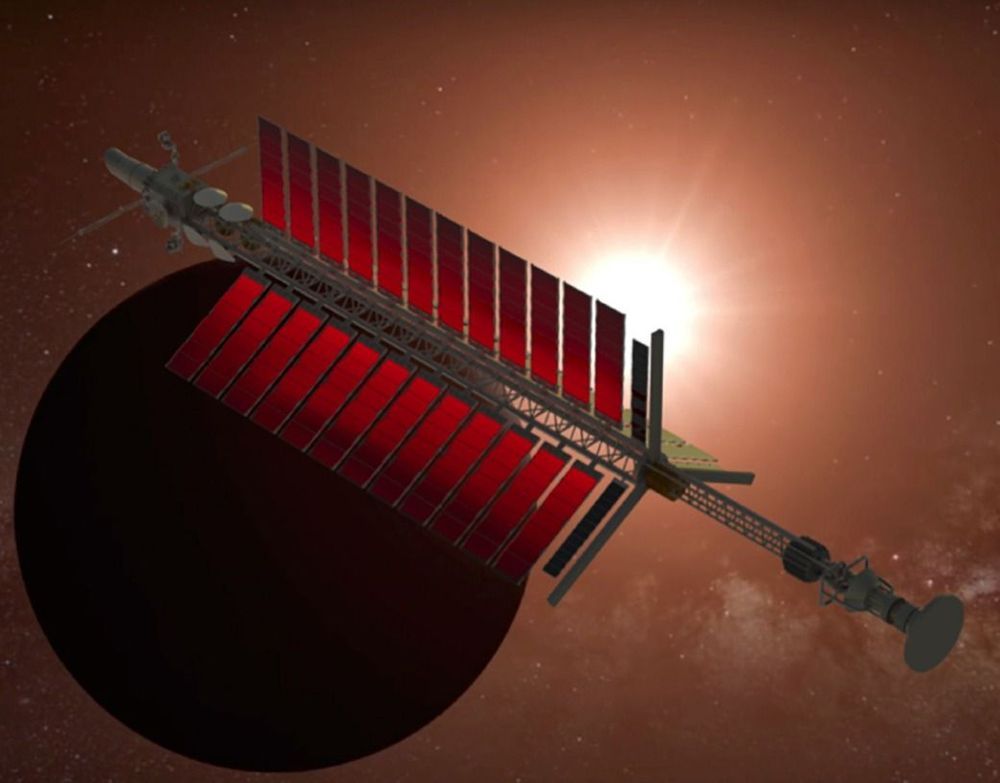

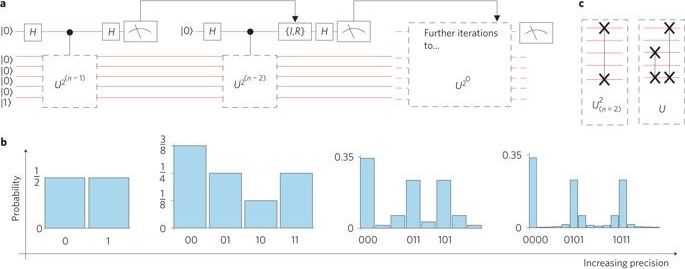
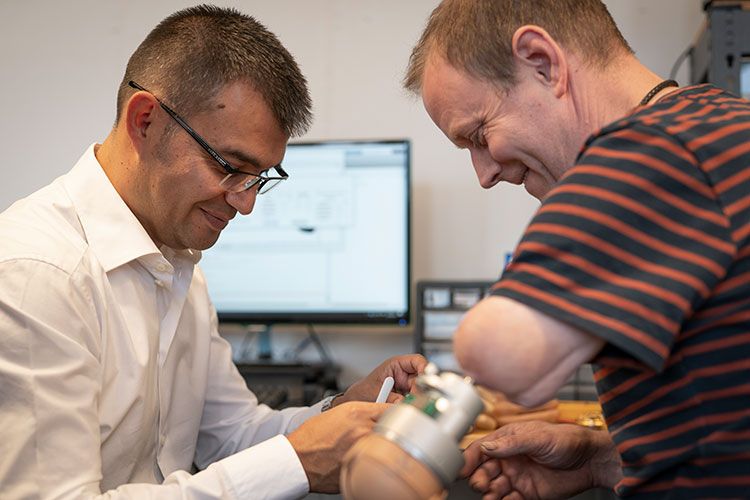
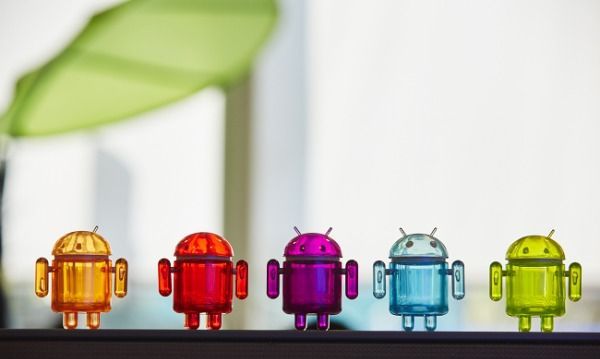
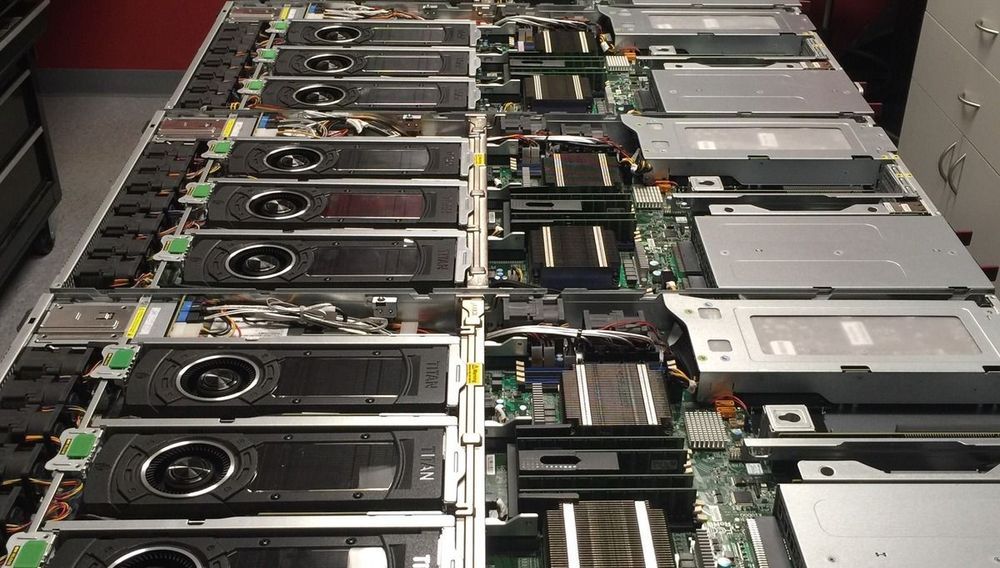





 Tony Webster / Flickr.
Tony Webster / Flickr.







